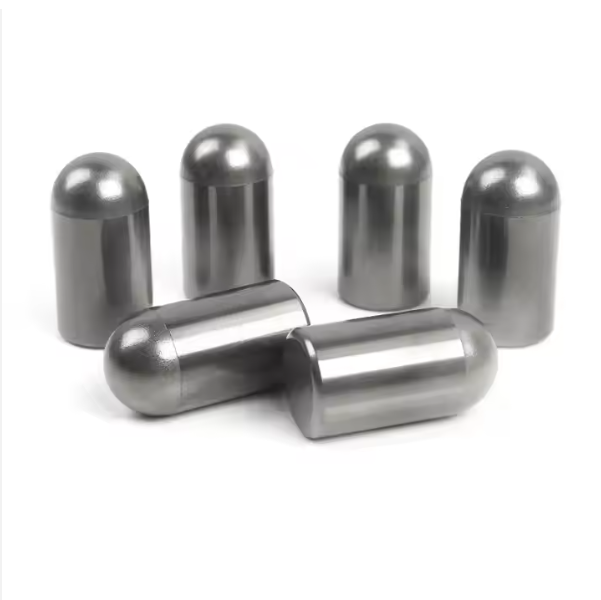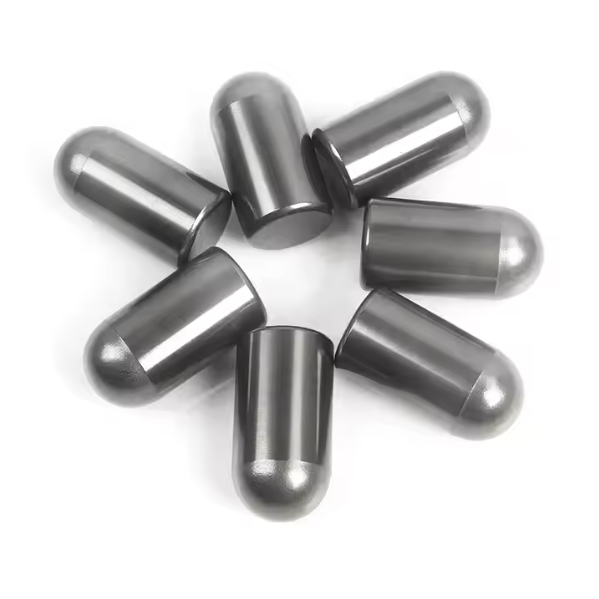HPGR Crusher Studs
Studs are key wear-resistant components on High-Pressure Grinding Rolls (HPGR), typically made of high-hardness alloys (e.g., high-chromium cast iron, tungsten carbide) to enhance crushing efficiency and protect roll surfaces. Their manufacturing process involves material selection (with chemical composition verification), forming (casting for high-chromium alloys or powder metallurgy for tungsten carbide), heat treatment (quenching/tempering or stress-relief annealing), and surface treatment (anti-corrosion coatings, polishing).
More






